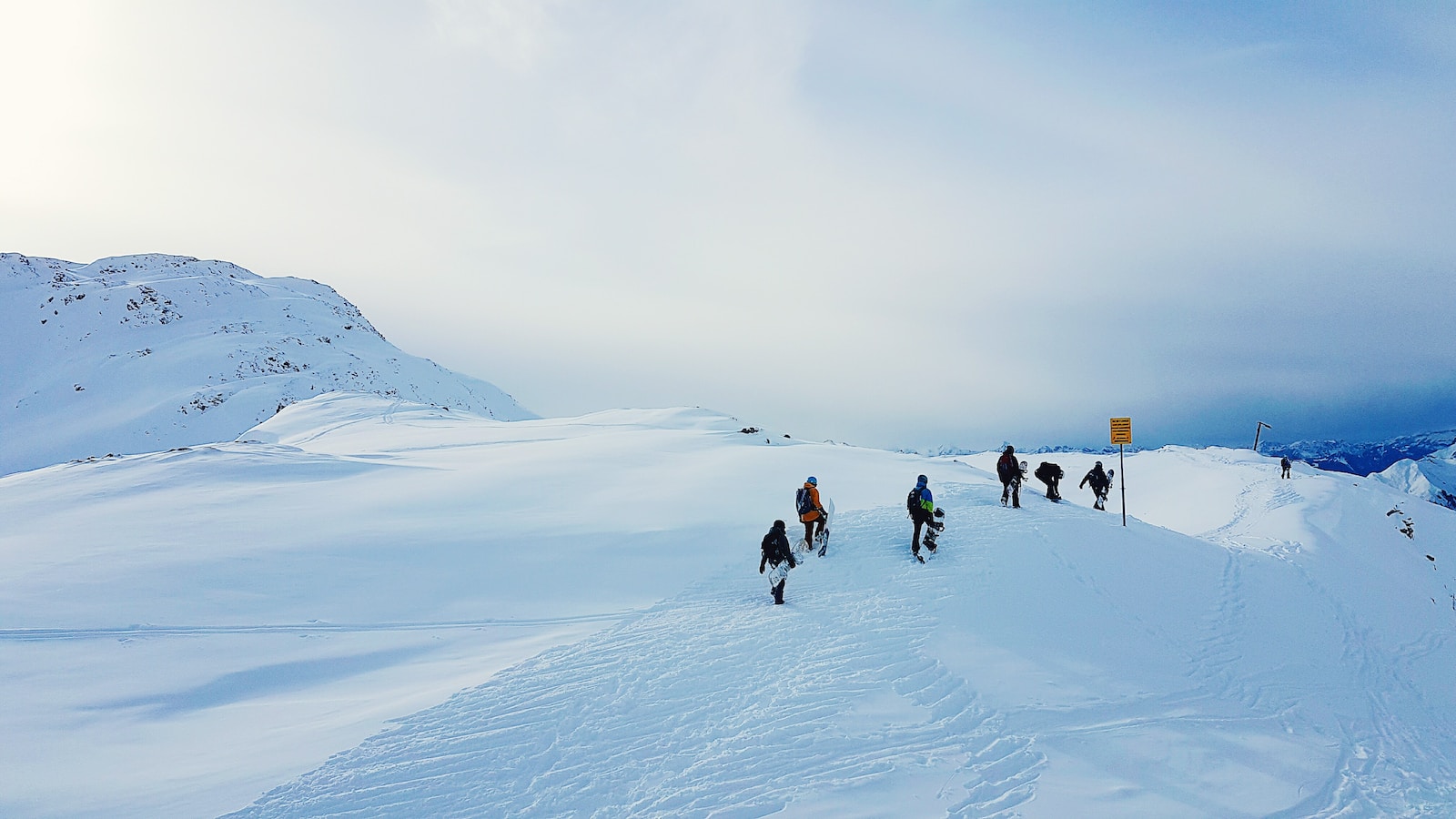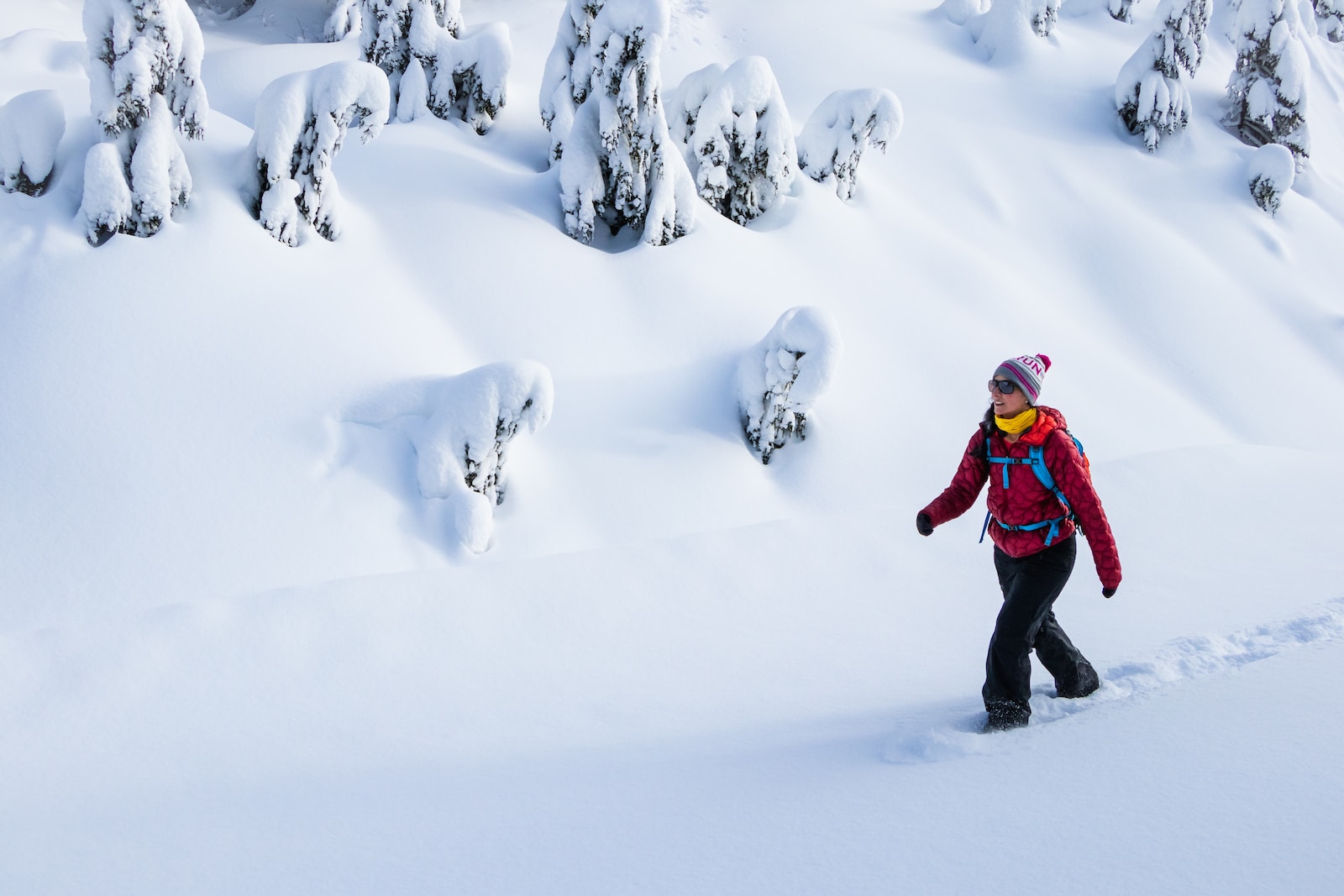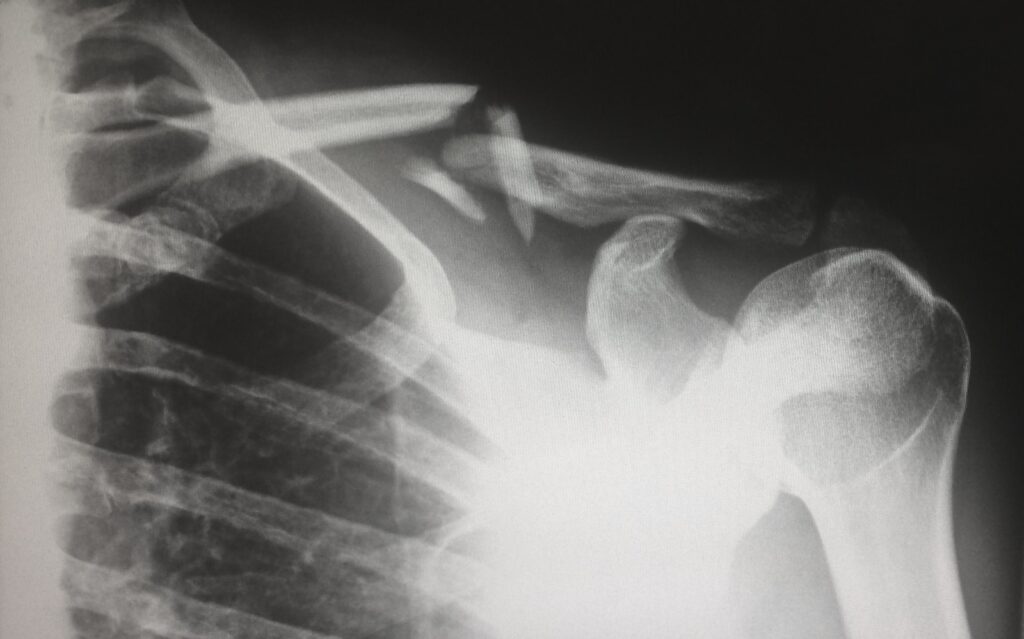
Understanding the Importance of Snowboarding Shoulder Protection
Snowboarding is a thrilling and exhilarating sport that attracts millions of enthusiasts worldwide. However, it is important to prioritize safety while enjoying this activity. One area of the body that is particularly vulnerable during snowboarding is the shoulders. The shoulders play a crucial role in maintaining balance and stability while snowboarding, making it essential to protect them from potential injuries.
The Anatomy of the Shoulder: Why It’s Vulnerable During Snowboarding
The shoulder joint is a complex structure that allows for a wide range of motion. It consists of the humerus (upper arm bone), scapula (shoulder blade), and clavicle (collarbone). The shoulder joint is a ball-and-socket joint, which means that the head of the humerus fits into a socket in the scapula. This design allows for a high degree of mobility but also makes the shoulder susceptible to injuries.
Snowboarding can put significant stress on the shoulders due to the nature of the sport. The repetitive motion of swinging the arms while maintaining balance can lead to overuse injuries such as tendonitis or bursitis. Additionally, falls and collisions can cause acute injuries such as dislocations, fractures, or rotator cuff tears. It is crucial to understand the vulnerability of the shoulder joint and take appropriate measures to protect it while snowboarding.
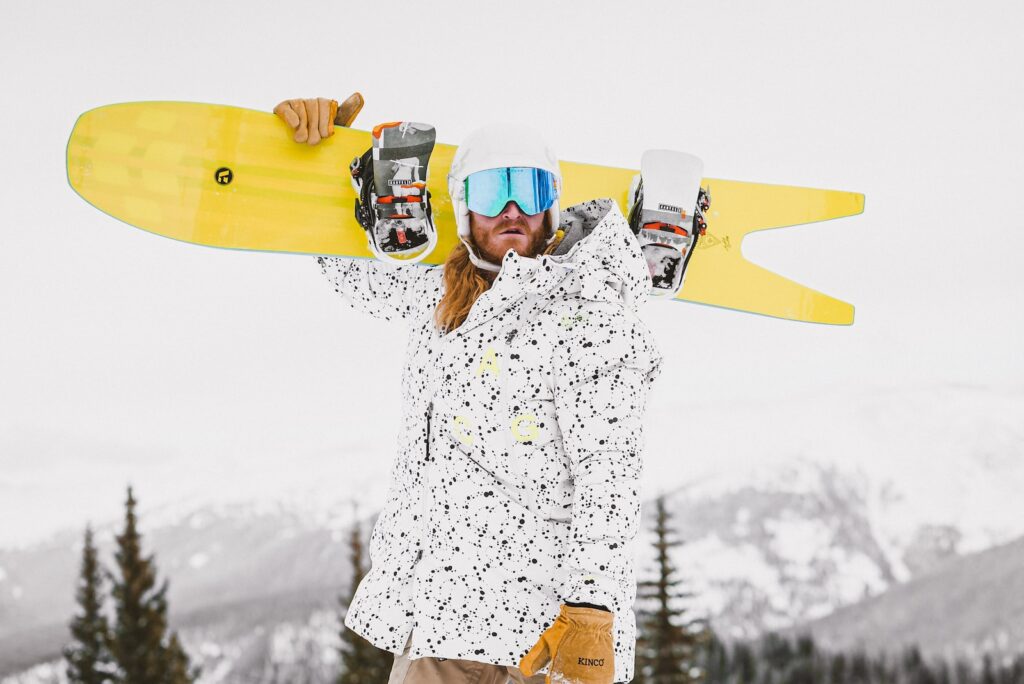
The physics of snowboarding: How Falls Can Cause Shoulder Injuries
Falls are an inherent part of snowboarding, and they can often result in shoulder injuries. When a snowboarder falls, they instinctively reach out their arms to break the fall. This action can put immense pressure on the shoulders, leading to dislocations or fractures. The force of impact can also cause tears in the ligaments or tendons surrounding the shoulder joint.
Proper technique and form are essential in preventing falls and reducing the risk of shoulder injuries. Snowboarders should learn how to fall correctly, tucking their arms in and rolling with the fall rather than reaching out to break it. Additionally, maintaining good balance and body control can help prevent falls and minimize the risk of shoulder injuries.
Types of Shoulder Protection: A Guide to Choosing the Right Gear
There are various types of shoulder protection available on the market, each offering different levels of protection and comfort. The most common types include shoulder pads, shoulder braces, and shoulder armor. Shoulder pads are typically made of foam or gel padding and are designed to absorb impact and provide cushioning. Shoulder braces, on the other hand, are more rigid and provide stability and support to the shoulder joint. Shoulder armor is often made of hard plastic or carbon fiber and offers the highest level of protection against impact.
When choosing shoulder protection, it is important to consider factors such as the level of protection needed, comfort, and mobility. Snowboarders should also ensure that the gear fits properly and does not restrict movement. It is advisable to try on different options and consult with experts to find the right shoulder protection for individual needs.
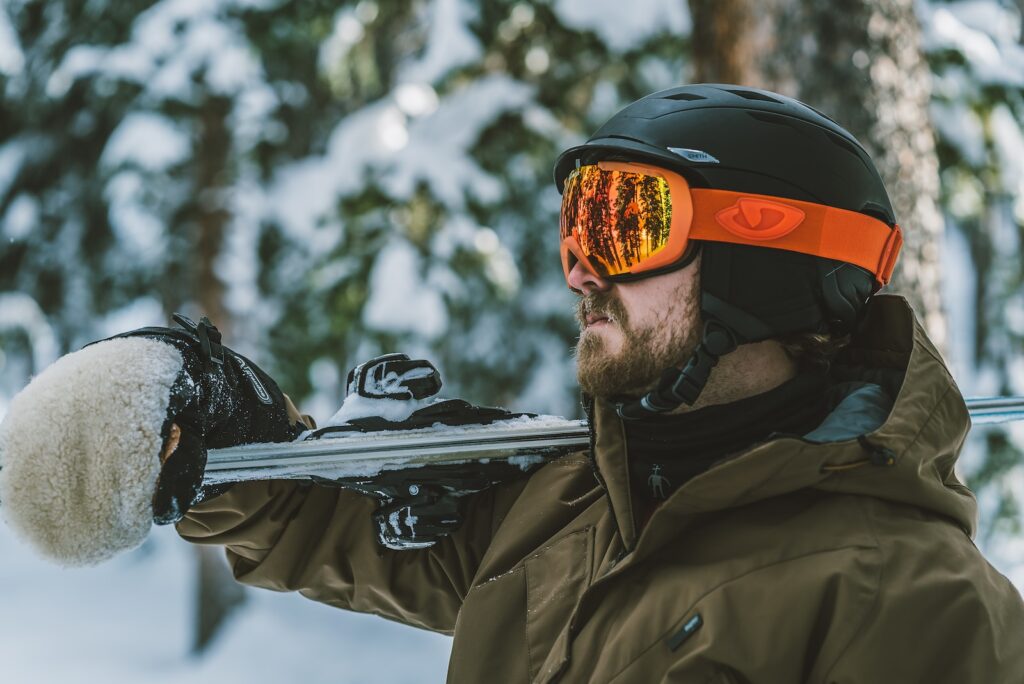
Hard vs. Soft Armor: Which Type of Shoulder Protection Is Best for Snowboarding?
The choice between hard and soft armor for shoulder protection depends on personal preference and the level of risk involved in snowboarding activities. Hard armor, such as shoulder armor made of plastic or carbon fiber, offers superior protection against impact and is recommended for more aggressive snowboarding styles or terrain. Soft armor, such as foam or gel padding, provides cushioning and comfort but may not offer the same level of protection as hard armor.
It is important to note that while hard armor may provide better protection, it can also be bulkier and restrict movement to some extent. Soft armor, on the other hand, is generally more lightweight and flexible, allowing for greater mobility. Snowboarders should consider their individual needs and preferences when choosing between hard and soft armor for shoulder protection.
Materials Used in Shoulder Protection: What to Look for and Why
The materials used in shoulder protection play a crucial role in determining its effectiveness and comfort. Common materials used include foam, gel, plastic, carbon fiber, and Kevlar. Foam and gel padding are often used in soft armor to provide cushioning and absorb impact. Plastic and carbon fiber are used in hard armor to provide rigidity and protection against impact. Kevlar is a strong and durable material that is often used in combination with other materials to enhance the protective properties of shoulder protection.
When choosing shoulder protection, it is important to look for materials that offer a balance between protection and comfort. Foam or gel padding should be dense enough to absorb impact but not too bulky or restrictive. Hard armor should be made of durable materials such as plastic or carbon fiber that can withstand high-impact forces. Snowboarders should also consider the weight and breathability of the materials to ensure comfort during long hours on the slopes.
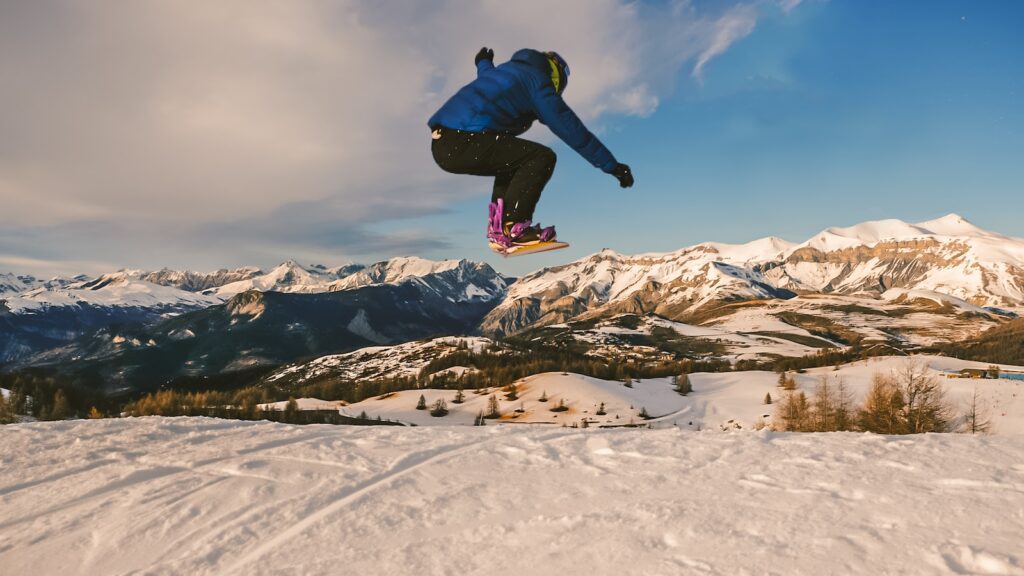
Testing and Certification: Ensuring the Effectiveness of Shoulder Protection
To ensure the effectiveness and safety of shoulder protection gear, it is important to look for products that have been tested and certified by reputable organizations. Testing and certification standards vary by region, but some common certifications to look for include CE (Conformité Européene) and ASTM (American Society for Testing and Materials). These certifications indicate that the gear has undergone rigorous testing to meet specific safety standards.
Choosing certified shoulder protection gear provides peace of mind and assurance that the product has been thoroughly tested for its protective properties. Snowboarders should always check for certification labels or markings on the gear and verify the authenticity of the certification with the manufacturer or retailer.
Common Shoulder Injuries in Snowboarding: Prevention and Treatment
Shoulder injuries are common in snowboarding, and understanding how to prevent and treat them is essential for a safe and enjoyable experience. Some of the most common shoulder injuries in snowboarding include dislocations, fractures, rotator cuff tears, and shoulder impingement.
To prevent shoulder injuries, snowboarders should focus on maintaining good technique and form. This includes proper body positioning, balance, and control. It is also important to warm up before snowboarding and engage in regular strength and flexibility exercises to strengthen the muscles around the shoulder joint.
In the event of a shoulder injury, immediate medical attention should be sought. Treatment options may include rest, ice, compression, and elevation (RICE), physical therapy, or in severe cases, surgery. Rehabilitation exercises and proper rest are crucial for a full recovery and to prevent further damage to the shoulder.
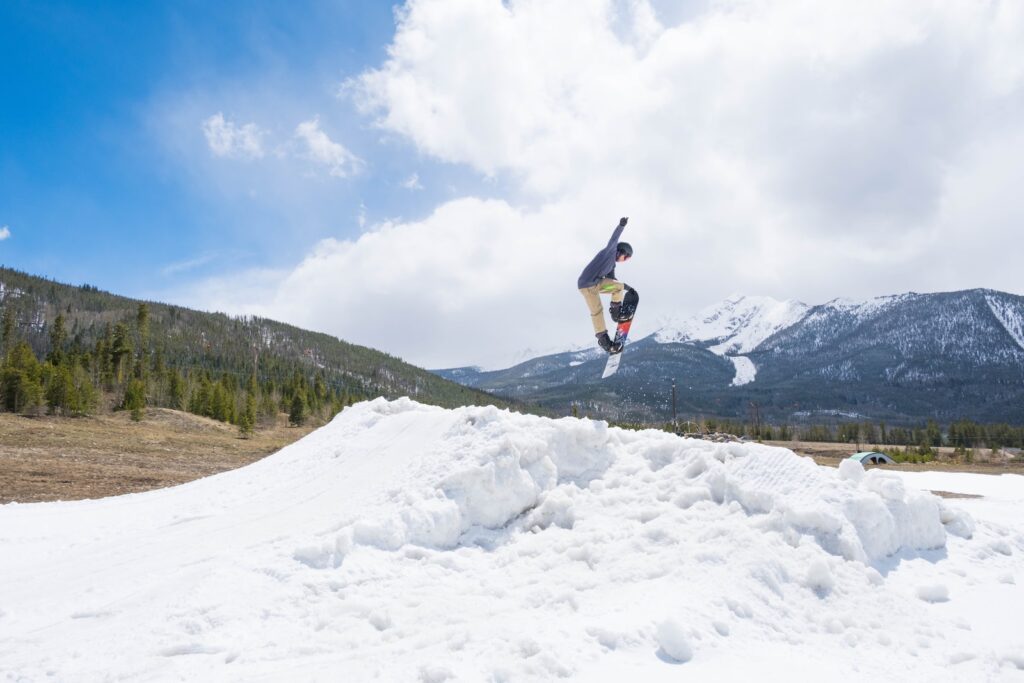
How to Properly Wear and Maintain Shoulder Protection
Properly wearing and maintaining shoulder protection gear is essential to ensure its effectiveness and longevity. When wearing shoulder protection, it is important to ensure a snug and secure fit. The gear should be adjusted to fit comfortably and not restrict movement. Snowboarders should also check the gear regularly for any signs of wear or damage and replace it if necessary.
To maintain shoulder protection gear, it is important to follow the manufacturer’s instructions for cleaning and storage. Foam or gel padding can be cleaned with mild soap and water and should be allowed to air dry. Hard armor can be wiped clean with a damp cloth. It is important to store shoulder protection in a cool, dry place away from direct sunlight to prevent degradation of the materials.
Conclusion: The Importance of Investing in Quality Shoulder Protection for Safe and Enjoyable Snowboarding
In conclusion, protecting the shoulders during snowboarding is of utmost importance to ensure a safe and enjoyable experience. The shoulders are vulnerable to injuries due to the nature of the sport, and falls or collisions can cause significant damage. By understanding the anatomy of the shoulder, the physics of snowboarding, and the types of shoulder protection available, snowboarders can make informed decisions to protect themselves.
Investing in quality shoulder protection gear is crucial for optimal safety. Whether choosing hard or soft armor, it is important to consider factors such as protection level, comfort, and mobility. Snowboarders should also look for gear that has been tested and certified to meet safety standards. By prioritizing shoulder protection and following proper technique and form, snowboarders can minimize the risk of shoulder injuries and enjoy their time on the slopes to the fullest.

